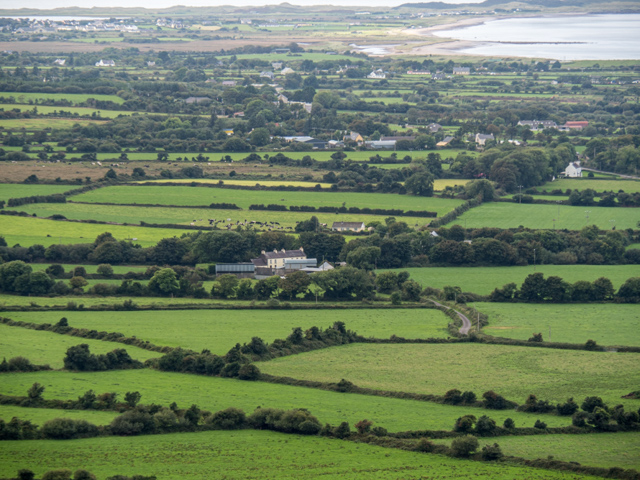

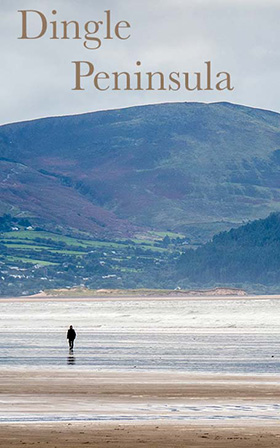
| Killarney in Ireland's south-west can be used as a base to explore the Dingle Peninsula and the Ring of Kerry on day tours. Today's tour is of the Dingle Peninsula. The tour visited Inch beach, clochans, ancient beehive shaped stone dwelling and Dingle. There was also photography stops at various locations along the coast. |
Located in County Kerry, south-west Ireland, Killarney has a permanent population of 14,500.
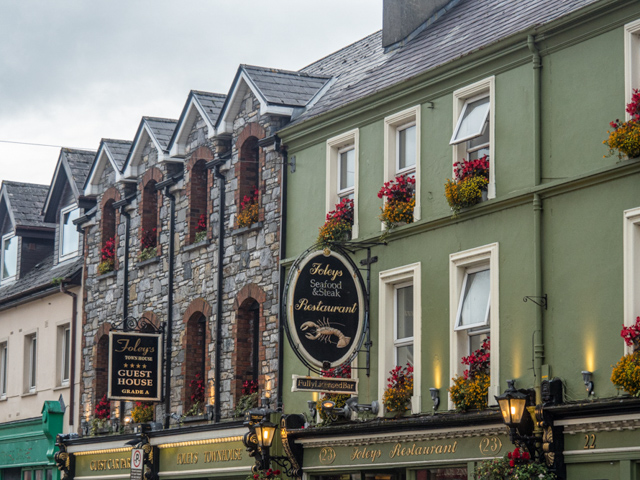

Many tourists use it as a base to explore the Dingle Peninsula and the Ring of Kerry. I did both on day tours.
I did not visit many churches in Killarney. One I did visit was the St Mary's Church of Ireland. It is an Anglican church built around the 1870s on the site of previous churches.

It is noted for its stained glass windows.

Inch Beach, over four miles long, was so-named because of its location on the Inch Peninsula.


Beach activities include swimming, surfing, riding horses and driving cars.
Continuing, we travelled pass Minard Castle on the way to Dingle.
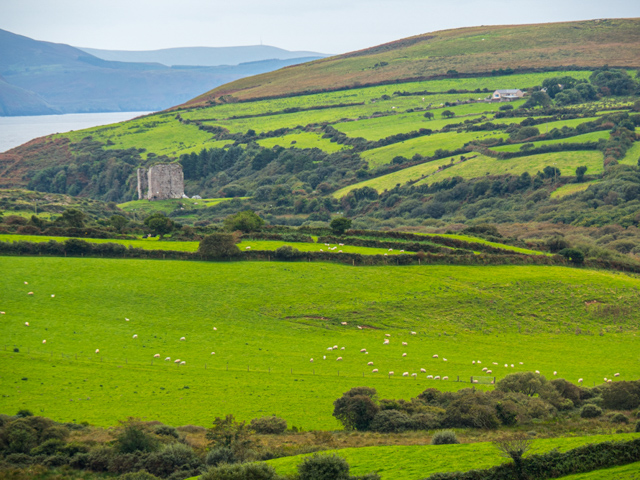
Intially passing through Dingle we stopped at a collection of stone beehive huts, called clochans.
A clochan is a hut constructed of close fitting stone. Most have a beehive shape though some are rectangular. It is not sure when they were built but none are dated earlier than the 7th century. It is believed they were built by monks for religious purposes. Walls can be up to 1.5 meters thick and are water tight. Remaining intact stuctures are believed to date from about 1200.


We followed the coast to the Clogher Strand.
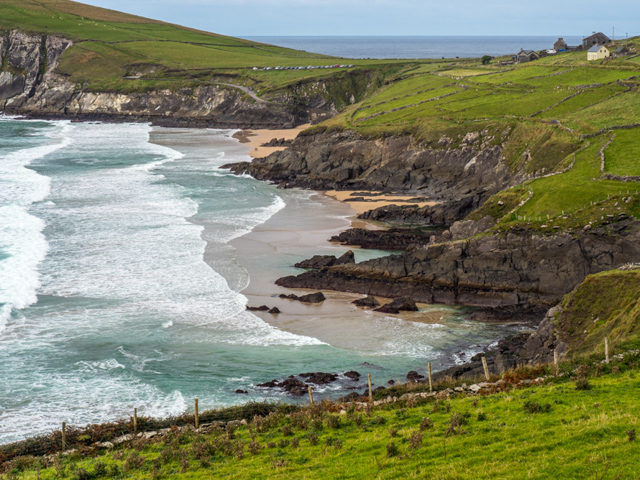


Leaving the coast, we travelled inland, looping back to Dingle.
Dingle, the only town on the Dingle Peninsula, has a population of 2050. Fifteen percent speak Gaelic as their first language. Its economy is based tourism, fishing and agriculture. Like many towns in Ireland it has many colourful buildings.
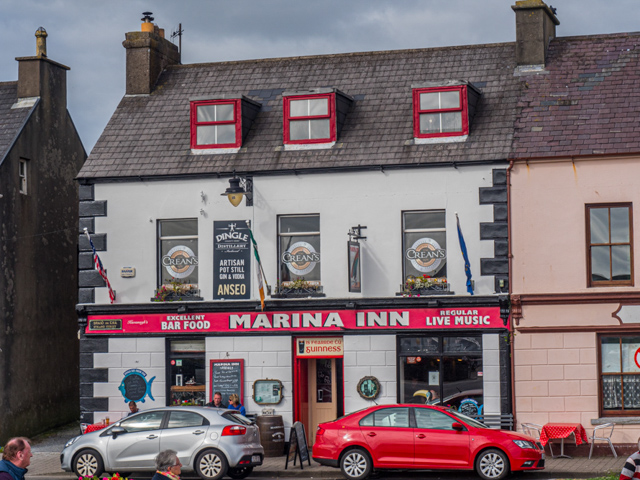

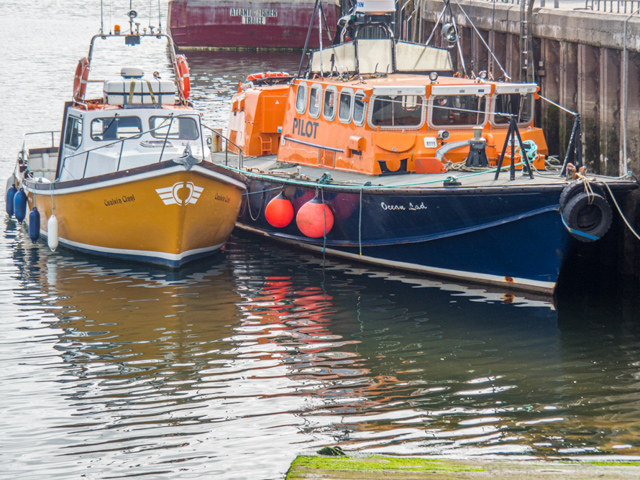
Lunch was served here.
We returned to Killarney by the coast road periodically making photography stops.
